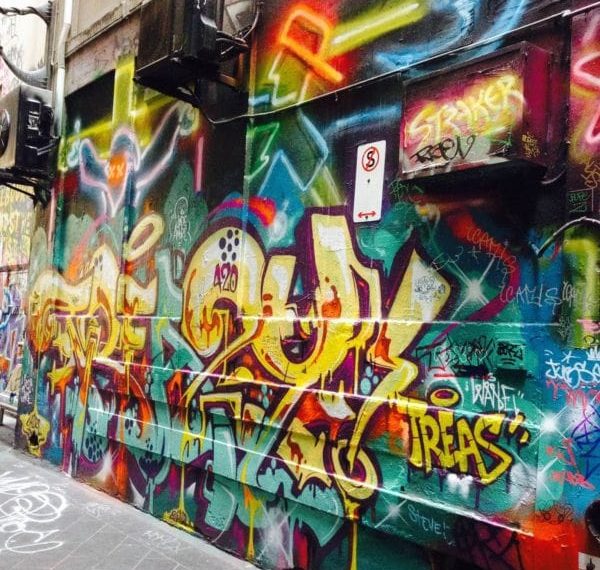Resort News – Graffiti Protection
In recent years, local councils have been successful in minimising the recurrence of graffiti in our local areas. This has been done through a number of initiatives such as limiting the age a person can purchase aerosol paint cans as well as increased neighbourhood and Police presence. Some local councils have now introduced laws requiring property owners to paint over graffiti within a set period of time, in some cases, as low as 24 hours, or face financial penalties as a result of non-compliance. Removing graffiti almost as it happens, leads to deter vandals as they see it pointless painting the same spot only to have their art removed almost immediately.
Removing graffiti applied by aerosols or felt tip markers can be more difficult to paint over than you may think. In some instances, the graffiti can bleed through the paint which was used to overcoat it, or even begin to wrinkle in those areas. Therefore attempting to cover graffiti becomes a multiple step process. First a general stain blocker/bleed sealer or epoxy coating can assist to prevent this bleed through before the new top coat can be applied. In certain circumstances, this may even prove pointless if the graffiti has changed the finish of the wall; For example, an enamel paint applied to a porous wall can show a glossy appearance in contrast to the remaining substrate once painted over. So as you can see by the complexity in concealing graffiti, in certain circumstances, prevention can be better than cure.
There is now a variety of products on the market which provide a level of protection against graffiti, preventing the paint from penetrating the surface. Typically there are two main types of anti-graffiti coatings available, these are;
Sacrificial Coatings – This product is essentially a coating which is applied over a surface and acts to sacrifice itself in the event that graffiti is applied. Where the wall has been the target of vandalism, the property owner then removes this anti-graffiti coating by way of pressure washing, removing the graffiti paint in the process, leaving the underside as though it had not been defaced. Once this has been done, a new layer of anti-graffiti coating must be reapplied to the surface to continue to protect it again. The advantage to this type of product is that the removal of graffiti can be achieved rather quickly and easily, however the disadvantage is that it must be reapplied every time the wall is defaced.
Permanent Coatings – This type of anti-graffiti coating is basically a coating which prevents paint from adhering in the first place. Once the paint has been sprayed on the wall, it cannot bond and therefore can be removed by way of cleaning it off. Whilst the removal of the graffiti is not as fast as that of a sacrificial coating, the anti-graffiti coating does not need to be reapplied and will be able to withstand numerous attacks. In areas of frequent attacks, this can prove to be a more cost effective option.
Unfortunately though, there are certain disadvantages to anti-graffiti coatings. When applied, it changes the appearance of the substrate dramatically by way of the sheen changing. For example, where this coating is used on a high wall, it is typically applied to an arms height and the wall can appear to have two different colours. Think of it like wrapping half of the building in cling wrap.
As the buildings appearance can change, caution should be used if applying these types of products to historic or architecturally designed buildings.
So who carries out this type of work? As anti-graffiti products are coatings, generally most painters can apply this. However, as this type of coating is somewhat different in characteristics to that of standard decorative paints, it’s a good idea to ensure that the painter has carried out this type of work before, as it can create quite a mess if not done properly.
Remember, not removing graffiti in a timely manner can encourage more crime in the area and reduces the value of your property. Send a message to vandals that their behaviour is not tolerated, by removing their work immediately.

